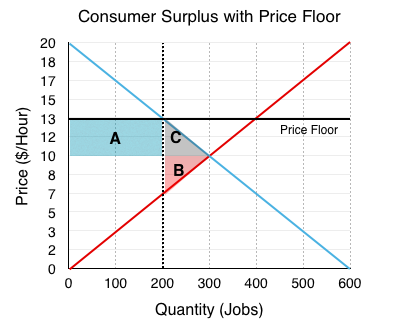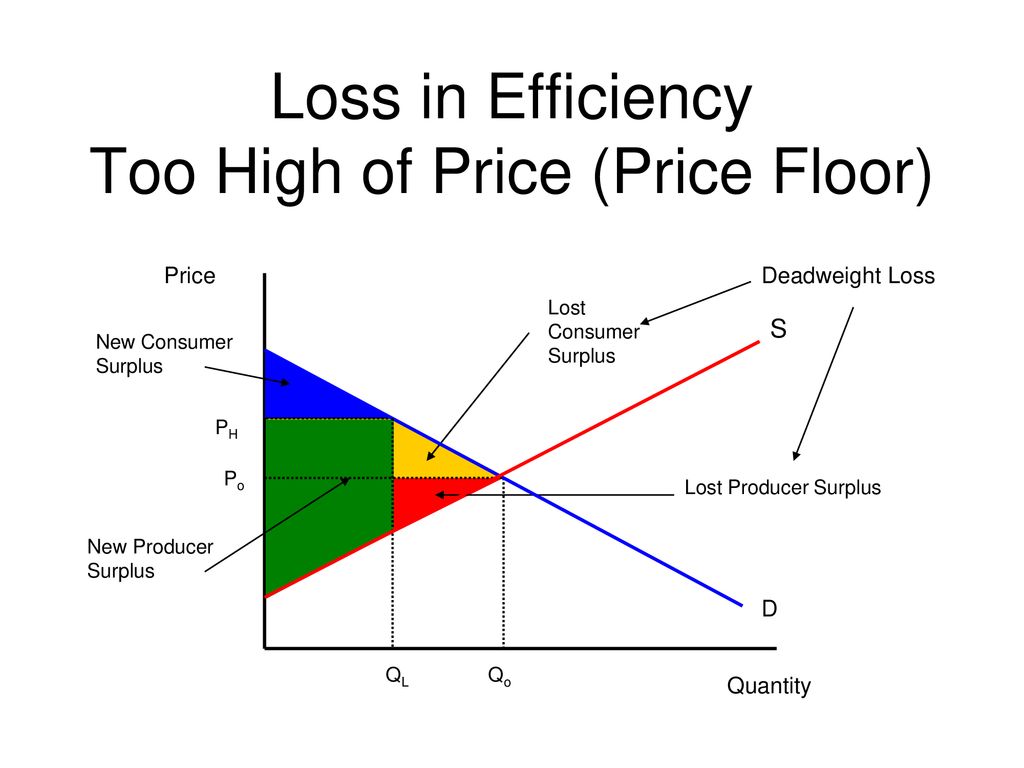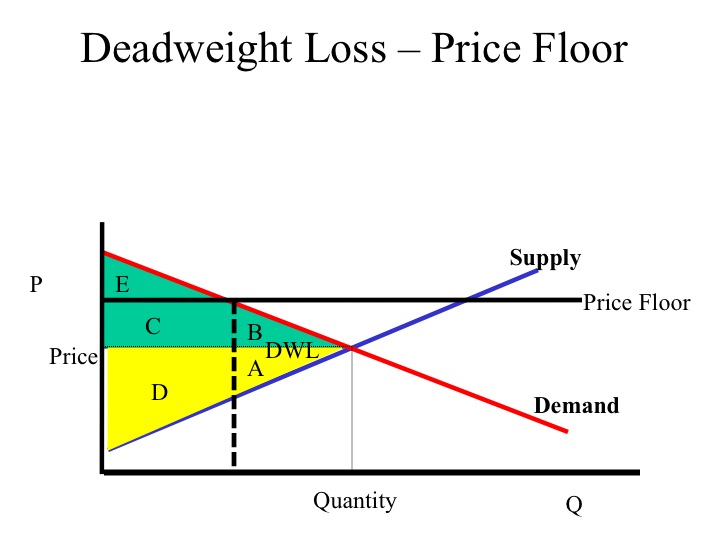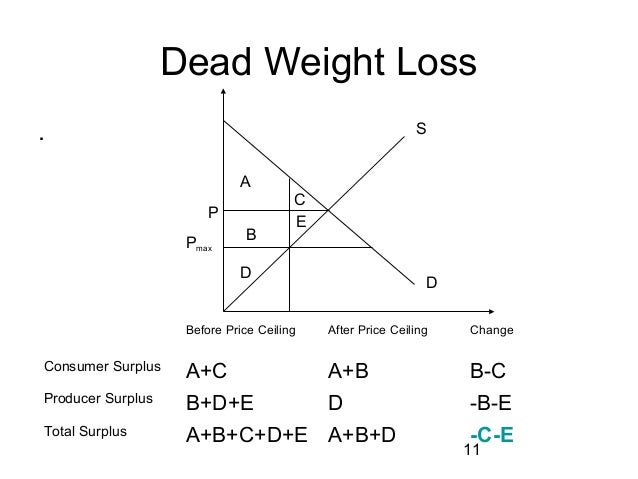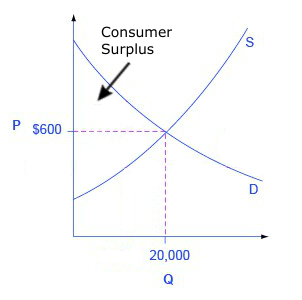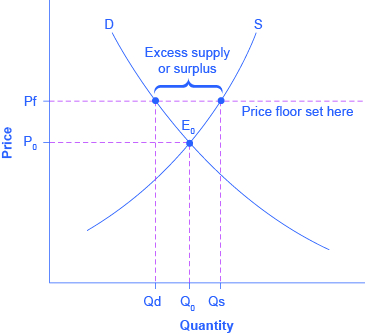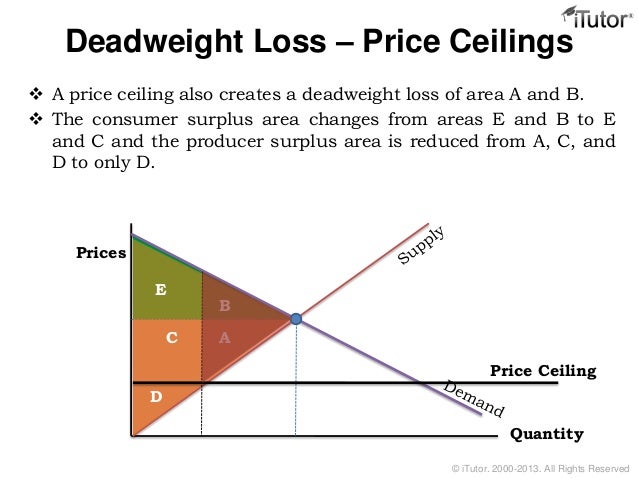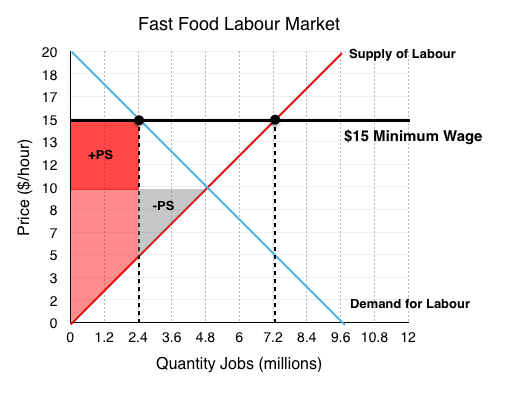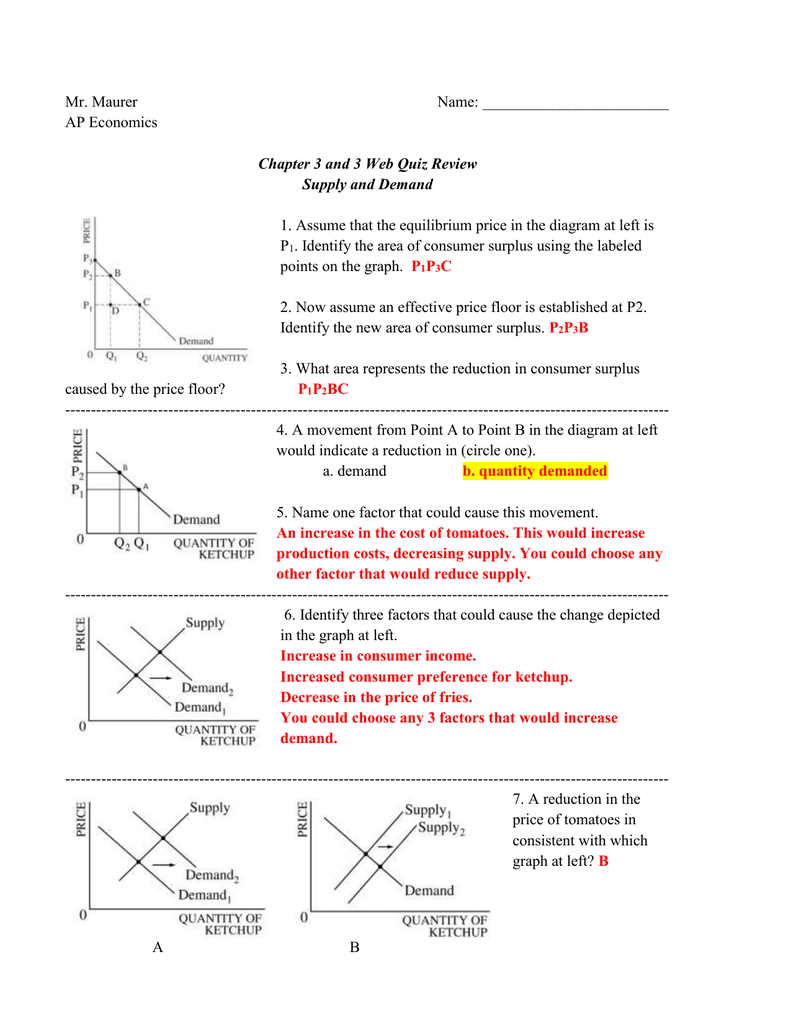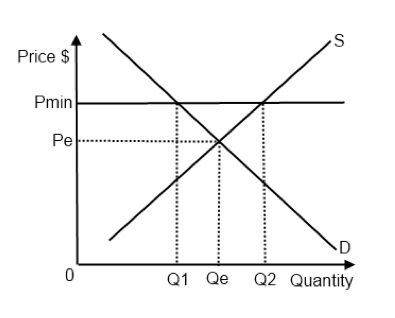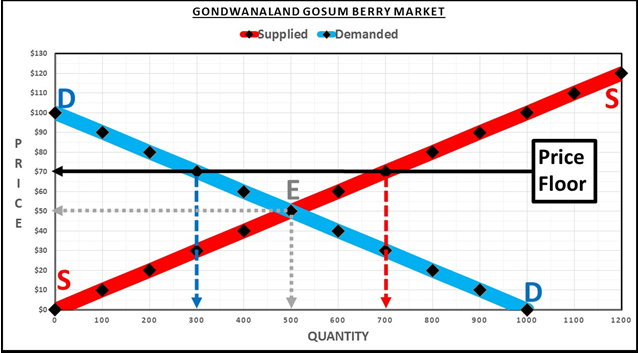Change In Consumer Surplus Price Floor
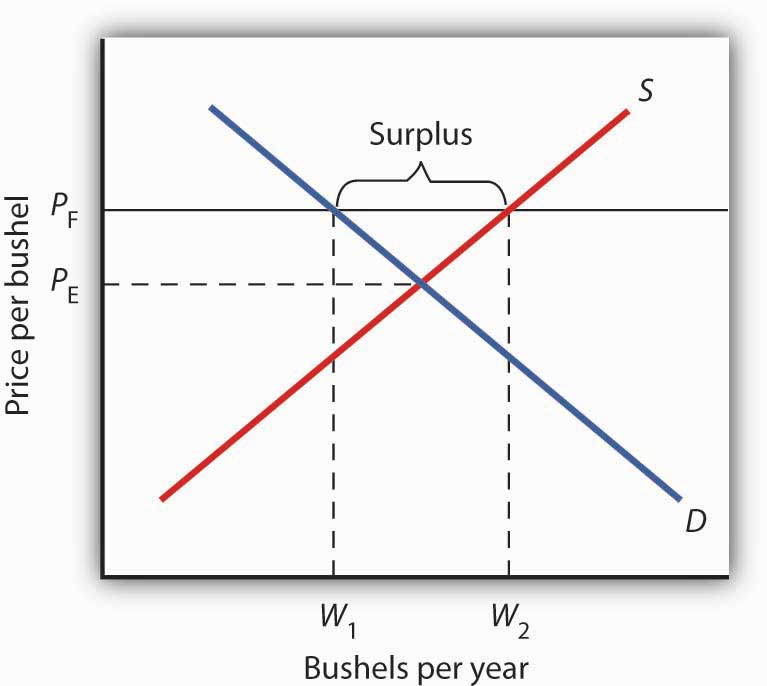
Price helps define consumer surplus but overall surplus is maximized when the price is pareto optimal or at equilibrium.
Change in consumer surplus price floor. In case of producer surplus producers would have reduced the price to increase consumers demands and clear off the stock. When government laws regulate prices instead of letting market forces determine prices it is known as price control. Price helps define consumer surplus but overall surplus is maximized when the price is pareto optimal or at equilibrium. If you were describing consumer surplus you would say it is.
Governments put in place price floors in markets with inelastic demand inelastic demand inelastic demand is when the buyer s demand does not change as much as the price changes. A market operating below equilibrium will transfer some consumer surplus to producers. When price increases by 20 and demand decreases by only 1 demand is said to be inelastic. Consumer surplus always decreases when a binding price floor is instituted in a market above the equilibrium price.
Consumer surplus always decreases when a binding price floor is instituted in a market above the equilibrium price. When a price floor is set above the equilibrium price quantity supplied will exceed quantity demanded and excess supply or surpluses will result. If government implements a price floor there is a surplus in the market the consumer surplus shrinks and inefficiency produces deadweight loss. The total economic surplus equals the sum of the consumer and producer surpluses.
The consumer surplus formula is based on an economic theory of marginal utility. But since it is illegal to do so producers cannot do anything. The theory explains that spending behavior varies with the preferences of individuals. If a small change in price.
Consumer surplus is an economic measurement to calculate the benefit i e surplus of what consumers are willing to pay for a good or service versus its market price. And very low prices naturally. The total economic surplus equals the sum of the consumer and producer surpluses.




